Quannah Chasinghorse Didn't Want to Discuss Her Face Tattoo Because People 'Wouldn't Have Accepted'
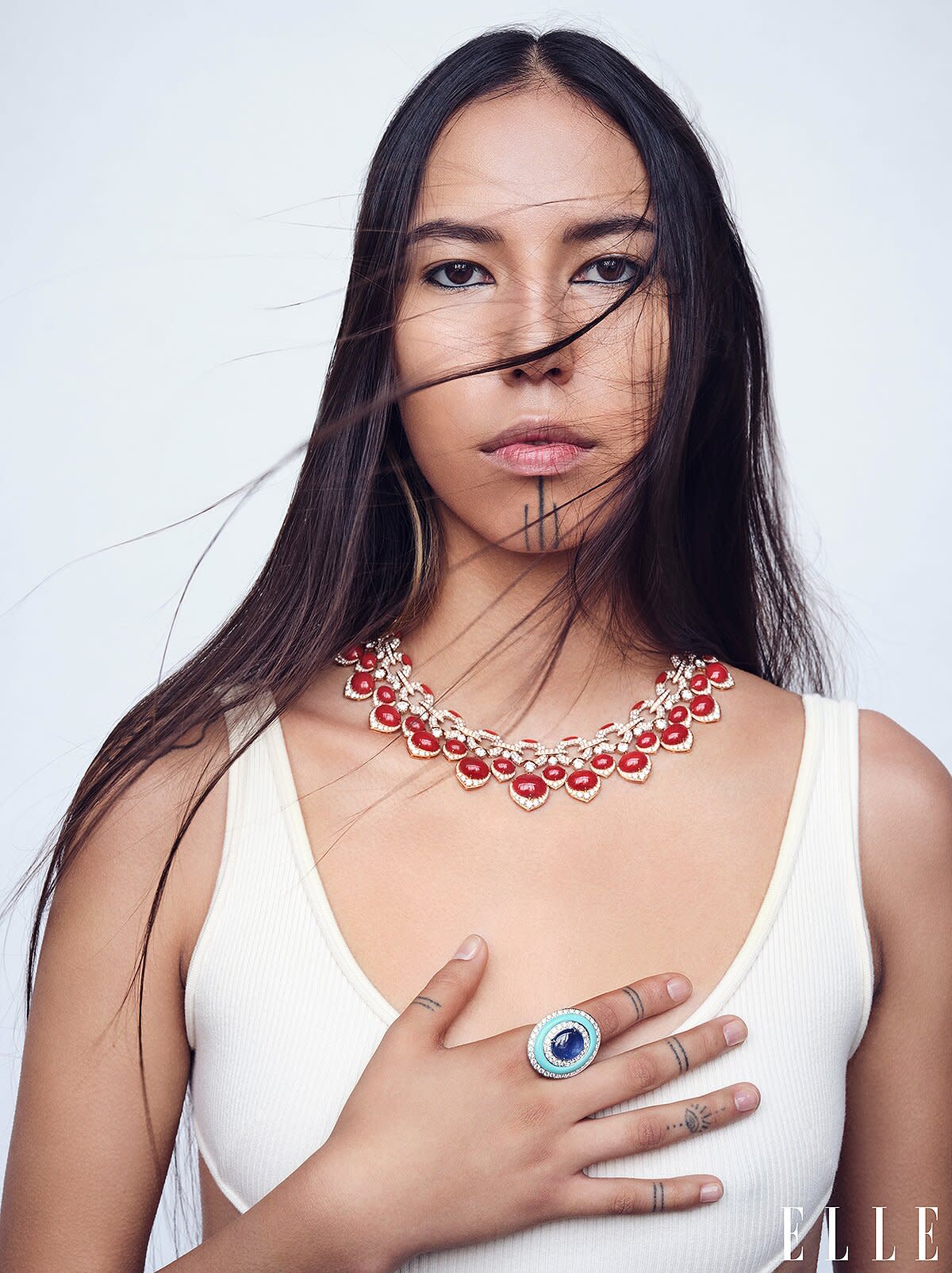
- Oops!Something went wrong.Please try again later.
Nathaniel Goldberg
It took some time for model Quannah Chasinghorse to feel comfortable opening up about her face tattoos.
The 19-year-old model, who made history as the first Indigenous woman to walk for Chanel this past fashion month, started getting tattoos on her face as a teen, a marker for her culture. Called a Yidįįłtoo, a traditional face tattoo done by her people — Chasinghorse's heritage is Hän Gwich'in (from Alaska and Canada) and Oglala Lakota (from South Dakota) — the symbolic ink was something she was apprehensive about sharing with the world until she got older.
Though she received her first one at age 14, Chasinghorse told Elle in her December 2021 digital cover story that she wanted to wait until she could defend it before speaking about it.
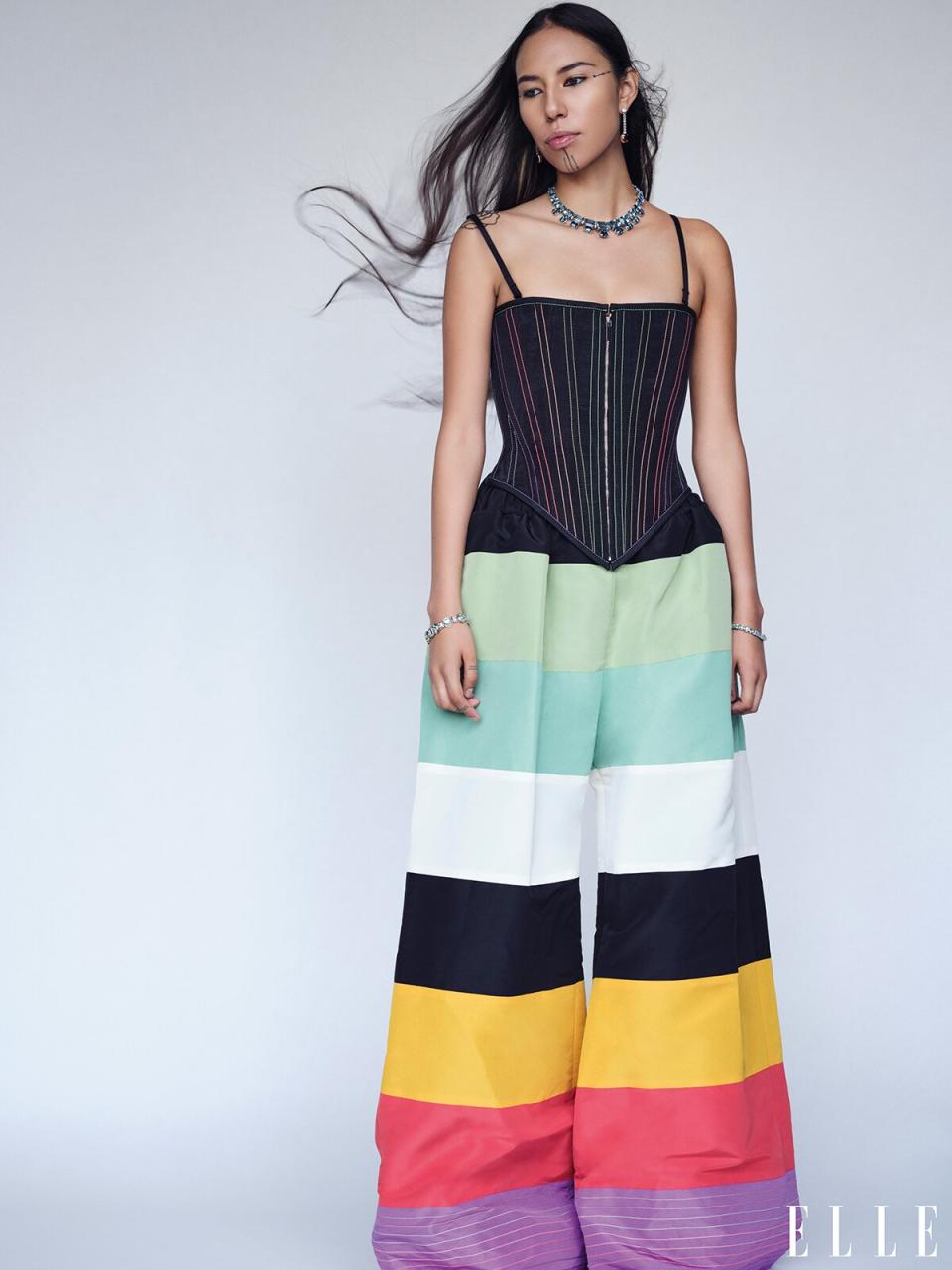
Nathaniel Goldberg
"Because I knew that if people knew I got [it] younger, they wouldn't have accepted me. Like, 'A 12-year-old with a tattoo on her face?'" Chasinghorse, a fourth-generation land protector for the Arctic National Wildlife Refuge in Alaska, said.
RELATED: Model Quannah Chasinghorse Says She Felt 'Really Lonely' at the Met Gala: 'No One Cared'
According to Elle, it's been the tradition for a Hän Gwich'in girl to receive a Yidįįłtoo between the ages of 12 and 14 as a sign of passage into womanhood. The practice was banned by missionaries in the 19th and 20th centuries, but Chasinghorse became the first girl in her tribe to bring the tradition back. Her mother Jody Potts-Joseph did the honors (the first tattoo she ever inked on someone) and has since done many more for other Indigenous people.
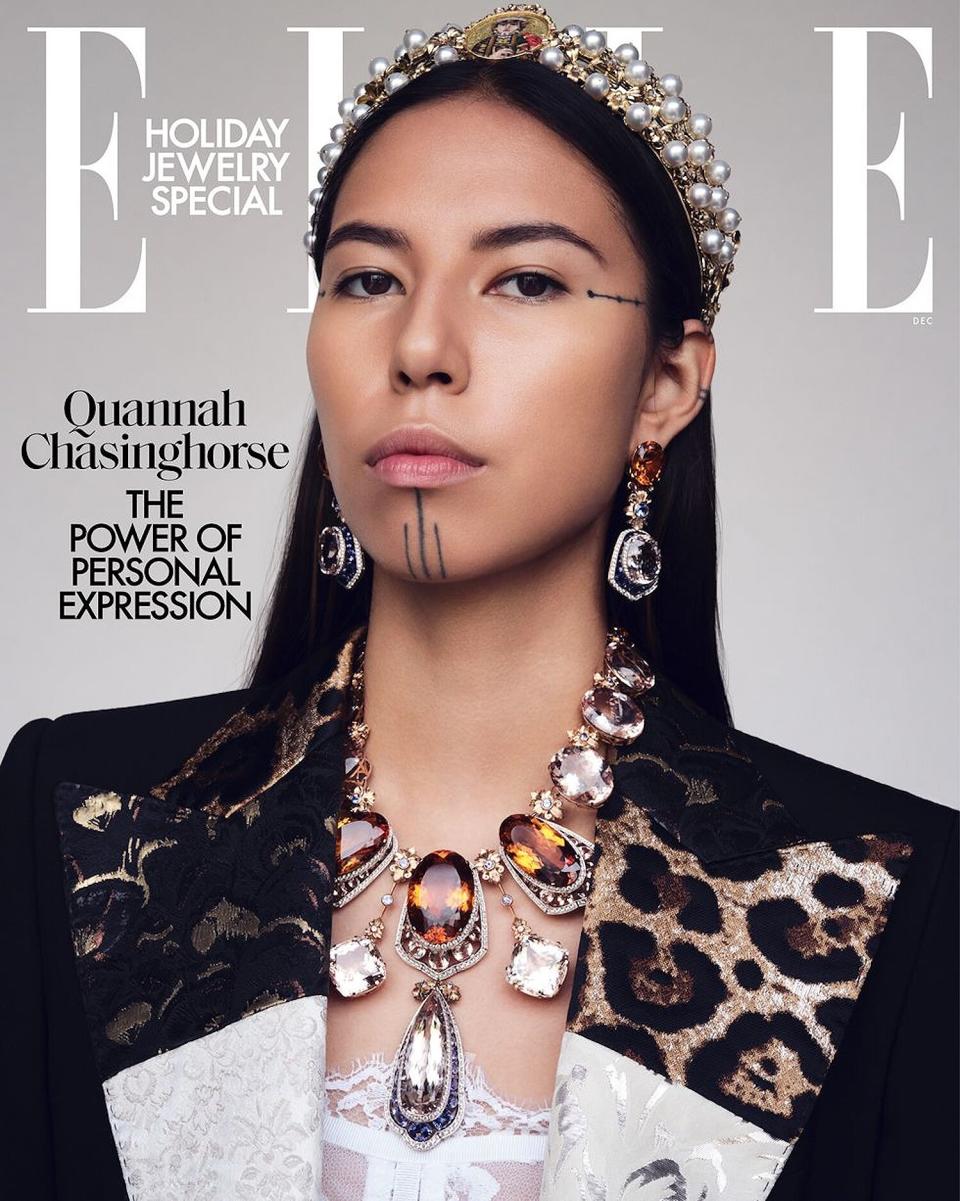
Nathaniel Goldberg
Now that Chasinghorse has catapulted into the spotlight, walking the runways of Prabal Gurung, Chloé and Chanel (among others) and attending the Met Gala, she's using her platform to advocate for change.
"There are always Indigenous people showing up, doing the work, and I don't think we get enough recognition... Our voices are constantly being pushed away because people don't take us seriously," she told Elle.
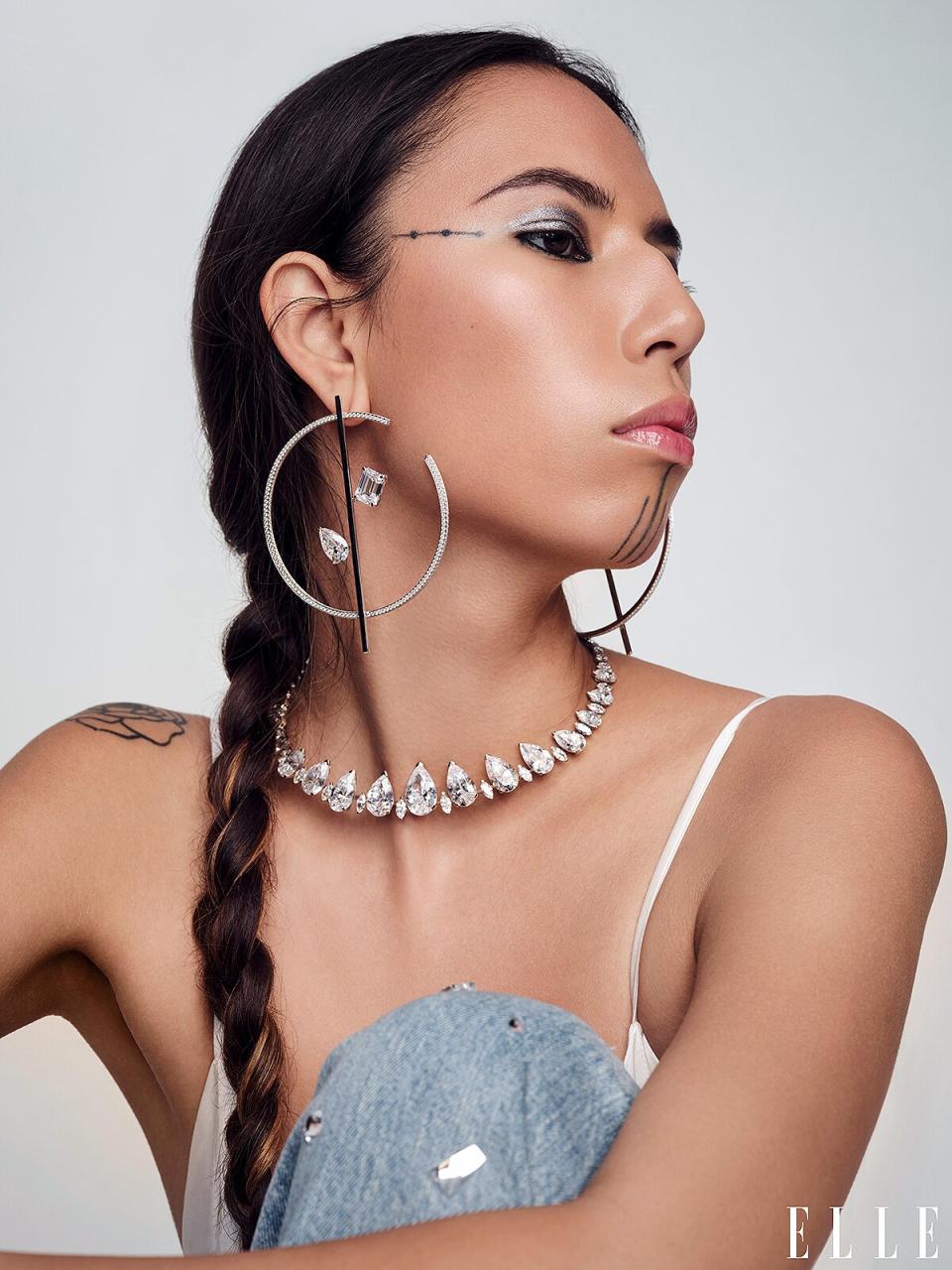
Nathaniel Goldberg
Chasinghorse continued: "I grew my platform through my advocacy work, through being a land and water protector and showing up. That's what got me attention and started my career. Being able to live my dream and continue that important work is all I could ever ask for."
It hasn't always been easy. When Chasinghorse attended the star-studded Met Gala for fashion's biggest night in September, she admitted the experience felt isolating and "lonely."
"I remember standing there and looking at everyone and feeling so alone. Like, really, really lonely," Chasinghorse told Insider. The model expressed that she felt no one "knew me" or "cared to ask."
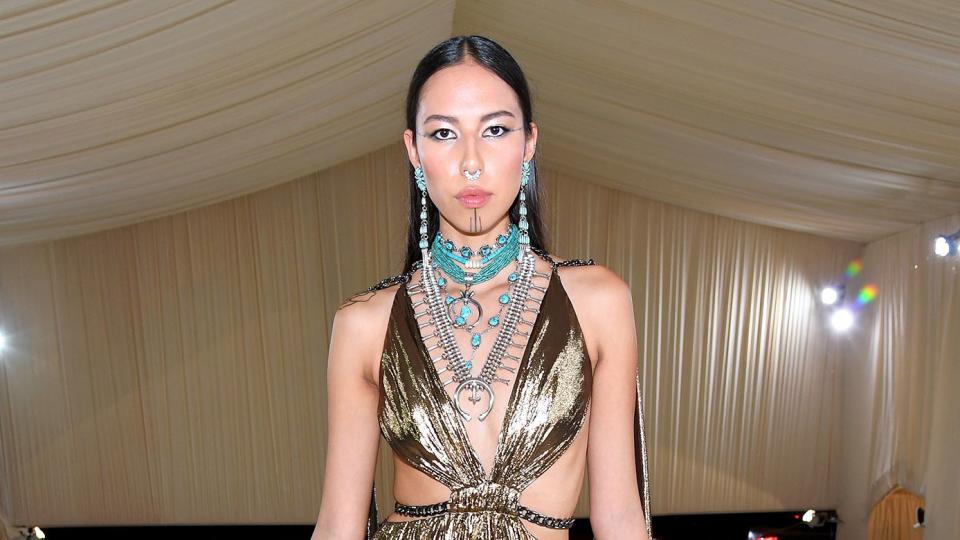
Kevin Mazur/MG21/Getty Images For The Met Museum/Vogue Quannah Chasinghorse
"People are there for themselves and it shows," Chasinghorse said.
While she initially was excited to attend the highly anticipated event, Chasinghorse now feels that she doesn't "belong in spaces like that."
She said, "I'm not an elitist... My way of walking in this world, in the industry, is so different compared to everyone else because I feel like I'm constantly having to break barriers."

